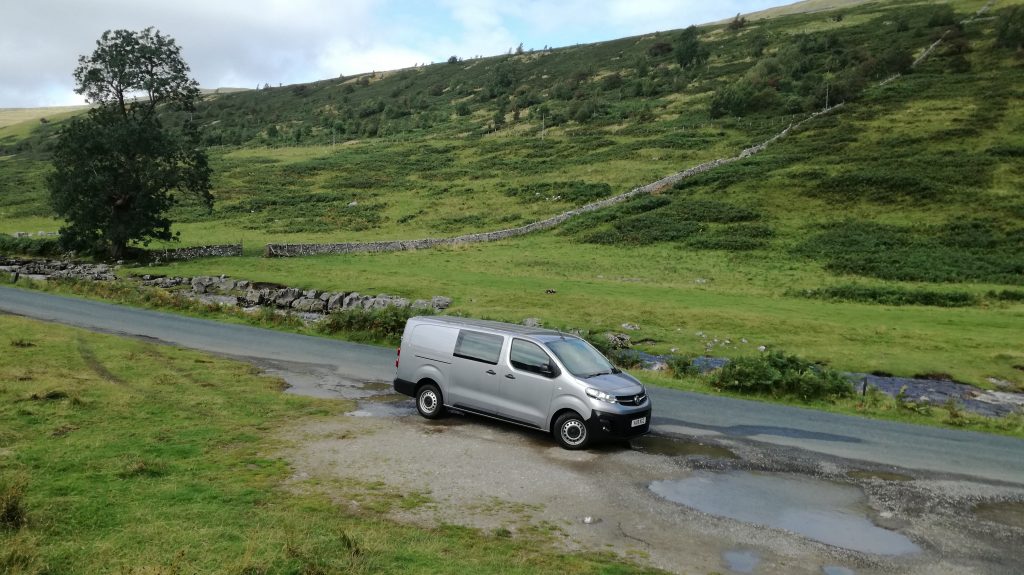Road Test and Review – Vauxhall Vivaro 2020MY
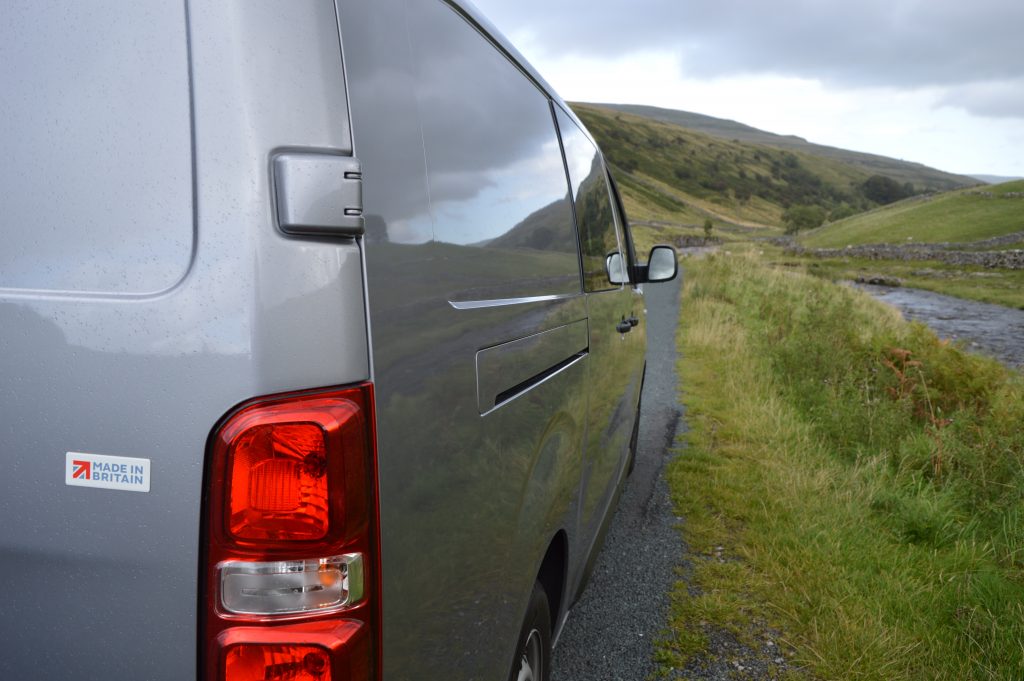
Overview
The Vauxhall Vivaro has, for many years been a popular choice for fleets and small businesses alike that need versatility, practicality and low running costs. Although not often troubling the mighty Ford Transit, and latterly Custom at the top of the sales charts it (and its almost identical sibling the Renault Trafic) has enjoyed consistent success over the years.
With Vauxhall’s acquisition by the PSA group, who encompass the Peugeot and Citroen brands, it was clear that a joint venture with Renault for the next generation of medium van would be unlikely, and, with PSA already having a worthy contender in the sector with the Expert and Dispatch commonsense would dictate that the new Vivaro would share the same platform (and more) with these vans. So, at the UK Commercial Vehicle show in the spring of 2019 the new Vivaro was unveiled.
Vauxhall are offering Vivaro in three GVW’s with payloads of up to 1458kgs, three trim levels (Edition, Sportive and Elite), two wheelbases and just the one roof height. Power is delivered from a choice of Euro 6D engines – 100PS and 120PS from a 1.5 litre Diesel unit, and 120PS, 150PS and 180PS outputs provided by a 2.0 litre lump.
Our test van was a LWB (L2) Double Cab in ‘Edition’ guise, fitted with the 2.0 litre 120PS diesel engine. Standard equipment at this base trim level includes DAB radio, Bluetooth, cruise control, electric windows and mirrors. As part of the double cab specification, a triple rear seat is accompanied by twin side loading doors (these were fitted with sliding windows on the test van, an optional extra). Other options fitted to this vehicle included an enhanced multimedia unit, air conditioning, and front and rear parking sensors.
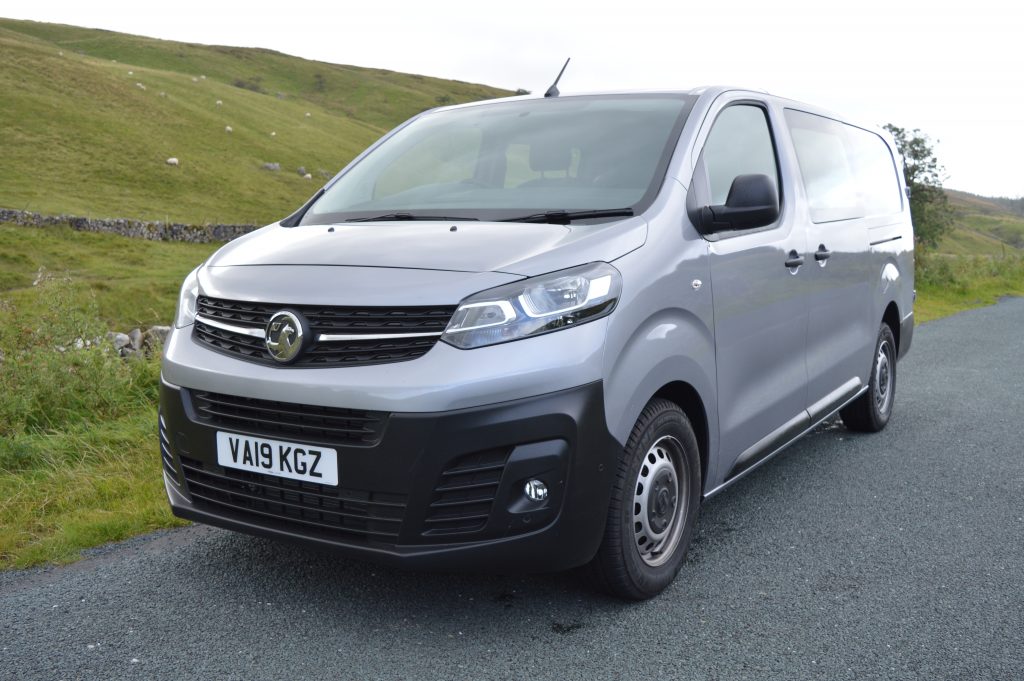
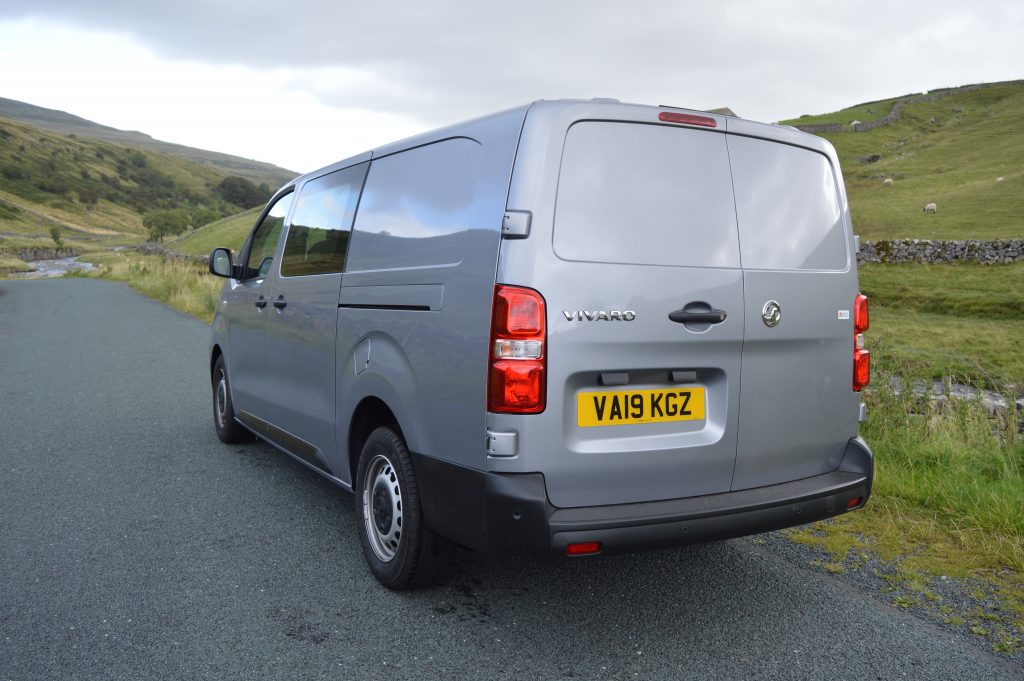
The cab environment
First impressions are that the dash in particular is simple, functional, and some might say a little basic and slightly dated. Having said that, everything is where it should be, the media unit is very clear and reasonably simple to use. A notable absence on the test van was a multifunction steering wheel; there were no controls whatsoever, something that most drivers now come to expect.
Cab storage is excellent. Huge door bins will take a plethora of driver’s bottles, newspapers etc, and additional capacity is offered elsewhere on the facia. The top of the dash has a large, deep bin together with cup holders for the driver and passenger.
All round visibility is good, with forward vision in particular free of obstruction by a high dash. Seating proved very comfortable on a long journey, although the centre passenger will find that his or her right leg is fouled by the gear lever surround. The seats were vinyl rather than cloth, at the time of writing it was unclear if this was a standard feature.
The triple bench seat in the rear is easily accessed from the side doors and legroom is more than adequate. A mesh bulkhead gives passengers some protection from shifting loads in the rear.
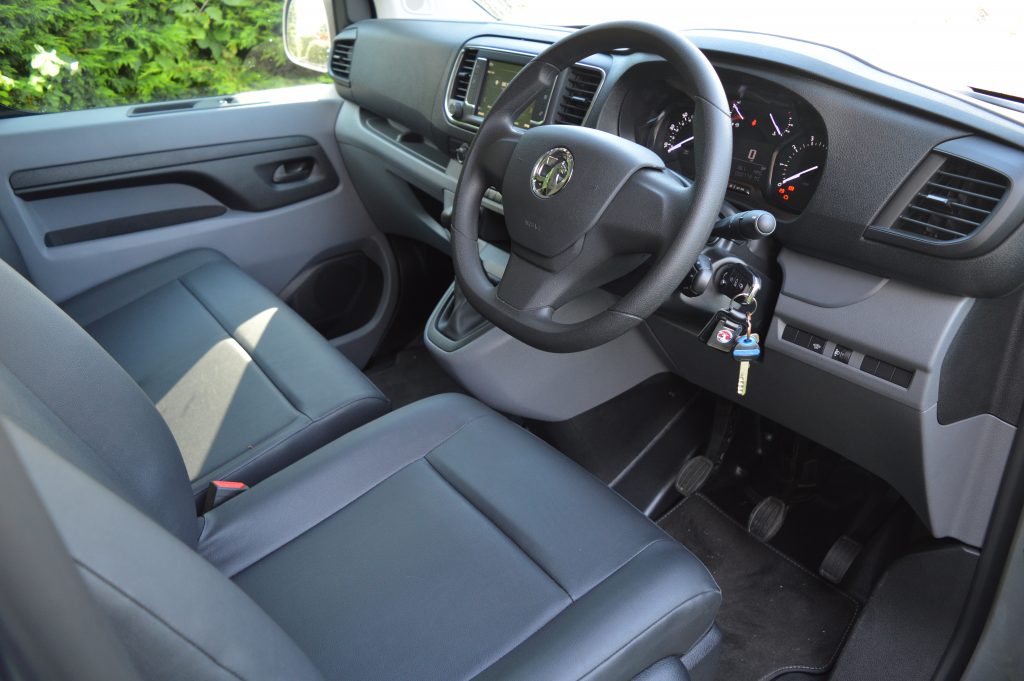
On the road
Although we were unable to test the van with a load, the 2.0 litre engine proved very sprightly indeed, with the 340nm @2000rpm torque making light work of urban driving in particular. The gearbox was slick and smooth, and noise intrusion, although not class leading was acceptable with only engine noise being apparent, all other potential sources having been successfully silenced. Handling, when pushed was good, although on occasion the front felt a little ‘light’.
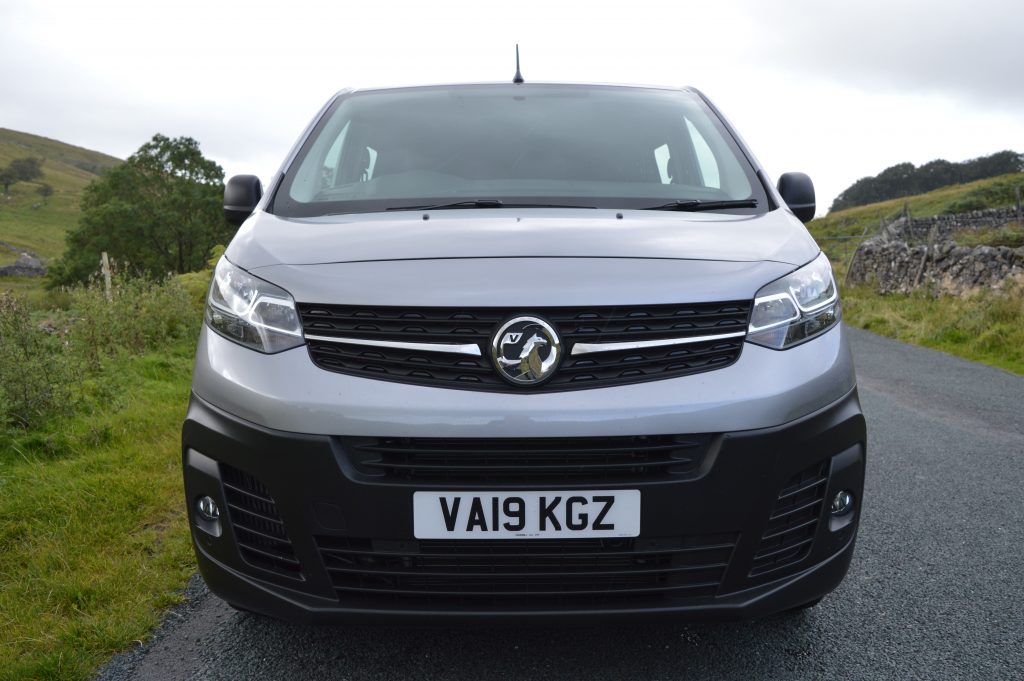
Loadspace
Easily accessed from the rear, the loadspace is functional – straight sides, minimal wheelarch intrusion and plenty of substantial lashing rings at floor level. Lighting is poor, as with many vans from manufacturers who are keen to keep costs down LED’s are nowhere to be seen with just a couple of weak, standard bulbs to aid the driver in poor light.
The L2 van offers a maximum load length at floor level of 2.862 metres in the panel van. Double cab seating reduces this but an ingenious folding mechanism allows the seat and bulkhead to be stowed behind the driver allowing the vast majority of the van load area to be used for goods, 5.5 cubic metres is available compared to 6.1 for the standard van. Capacity is 4.0 cubic metres with the seats in place.
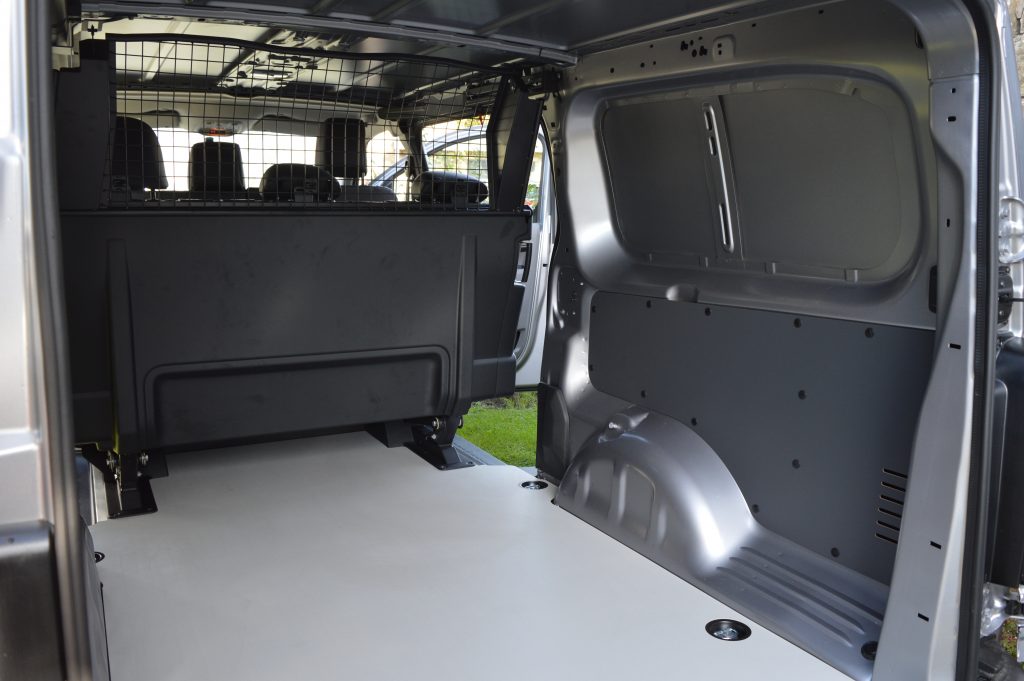
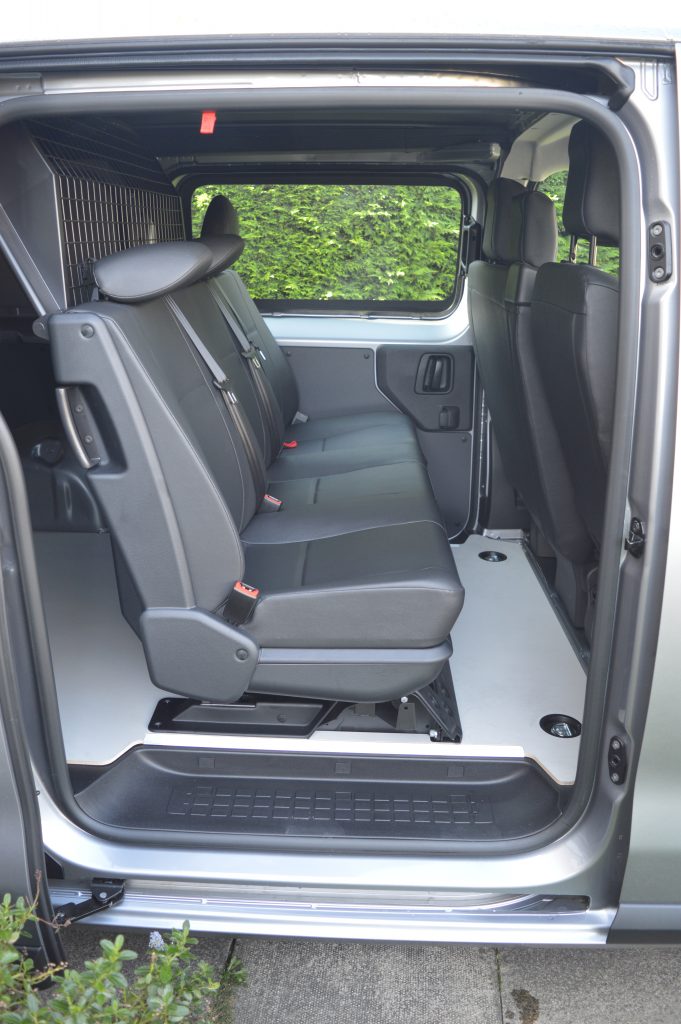
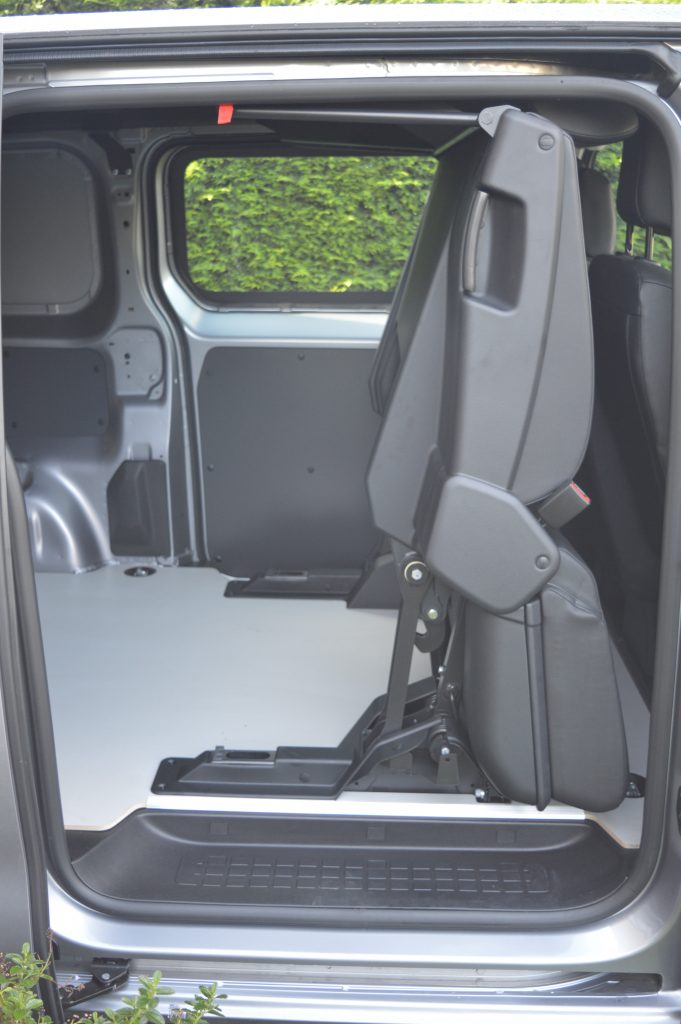
Costs
In the week we spent with the van, we averaged just over 36mpg which compares well with the WLTP low official figure of 35.3mpg. The van goes two years or 30,000 miles between services.
As tested, with optional equipment the list price is £26,650 + VAT
Conclusion
The Vivaro’s main competitor is the Transit Custom and comparisons will always be made. To many, it looks (and feels in the cab) a little smaller, although it is a very capable contender in this market segment with excellent payloads in particular. Build quality is faultless, there is a good range of engines on offer and the van has already proven to be popular in its Peugeot, Citroen and Toyota guises. Custom however remains incredibly successful, it’s a van that just ‘feels right’ in almost all aspects and will prove hard to challenge. The Vivaro does little wrong however, and should be seriously considered by any prospective purchaser within the sector.
